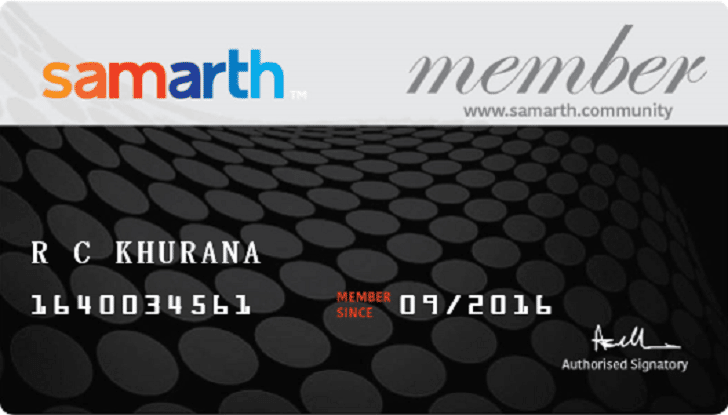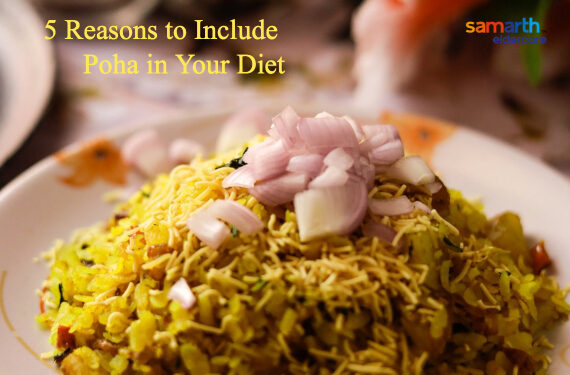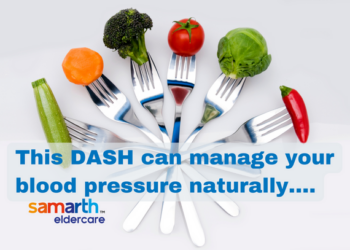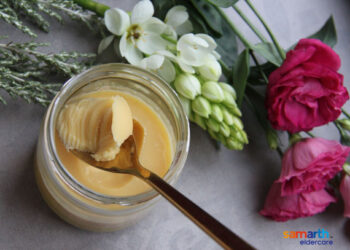An amazing aspect of Indian cuisine is that you have multiple diet options despite various health restrictions. It doesn’t matter if you have diabetes or blood pressure, or heart issues, the Indian cuisine still has some wonderful and healthy choices. If you were looking to restrict rice or gluten from your diet, then Poha or rice flakes is your go-to food. Aval, avalakki, chiura, etc. are some of the names beaten rice/flattened rice is known in India. Unlike rice, this one is a healthier option. It contains minerals like Magnesium and Potassium that are good for heart and blood pressure. This is in addition to Iron and Calcium, along with antioxidants and Vitamins.
It is available in multiple variants like thin, thick, and medium and is also made from different rice varieties. So, you have the white variety as well as the brown or red variety as well. It is also easy to prepare, with minimal cooking. Kanda poha or aval upma is a very popular instant breakfast option. Some people just eat it with curds as is or with sweet or a tadka on top.
- Good for digestive health
Poha is light yet, wholesome and filling. It keeps you full for a long time and hence, the choice of many people who are looking to lose weight. It is easy to digest and doesn’t cause bloating. Poha is best to avoid fat and acidity.

Join Now >
- Controls sugar levels
Here is a diabetic-friendly breakfast option that is great in taste as well. Since Poha has high fibre content that makes it is slow to digest. Hence, it promotes a slow and steady release of sugar into the bloodstream. What’s more, it is also loaded with Iron and hence, will prevent anaemia as well. Poha is also gluten-free and hence helps you shed excess fat and avoid obesity. All these attributes make it a great diet option for diabetics.
- It is a good probiotic
You may be wondering about the Poha and probiotics combination? But, yes, it is a great probiotic food. It is due to the process involved in making Poha. Paddy is parboiled and sundried for a few days. The sundried paddy is then flattened to make poha and in this process, it undergoes fermentation. This fermented product retains microbial flora from the partially digested proteins and carbohydrates. This is very good for gut health, making Poha a good probiotic food.
- Energy-boosting with healthy carbs
We need the recommended daily dose of carbs for energy and Poha is the best bet to provide this. Especially for breakfast, we need energy-boosting options that can sustain us for some time. Poha is 76.9% of healthy carbs and 23% fats. It is low in calories though, and high in many other essential nutrients. Thus, it is a great pick for the breakfast menu to stay active.
- Keeps your brain sharp
Poha contains antioxidants that prevent brain damage due to oxidative stress. Also, the Vitamin B used to fortify it helps maintain the neurons in the brain active and healthy. These antioxidants also help keep the skin healthy and wrinkle-free. Some of these also help in the growth of hair follicles and also hair repair.
Few other inputs
Avoid adding potatoes or peanuts if you are diabetic or worried about calories while eating Poha. Add a choice of veggies while making Poha upma for a healthier meal. Cook it well to avoid stomach aches and eat in moderation to avoid any toxicity due to high Iron content.
Red Poha is healthier than the white one, just as in the case of rice. Also, the processing is less in the case of red Poha preparation, and it retains a lot of the healthy outer bran. Red Poha contains anthocyanins that are powerful anti-inflammatory agents. Also, it contains Manganese, Magnesium, Selenium, Zinc, and Calcium that help alleviate the risk of osteoporosis and fractures. It also has higher fibre content than white Poha. Even though it is slightly coarse in texture, all Poha dishes can be prepared using red Poha as well.











